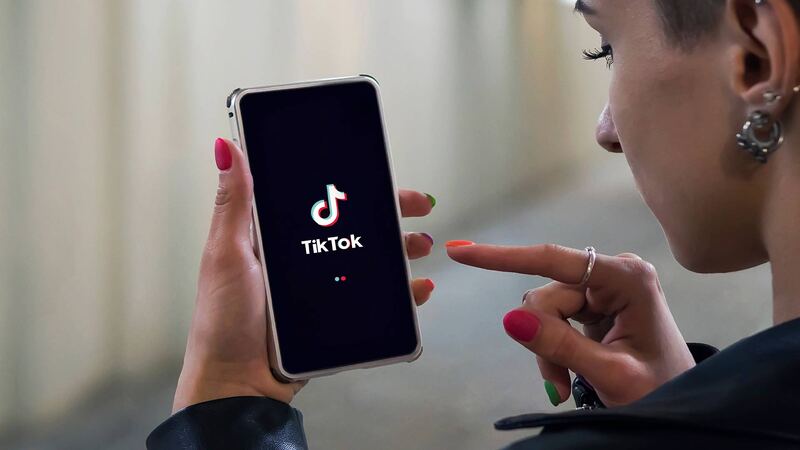You are viewing your 1 free article this month. Login to read more articles.
Children's socioeconomic status 'affects digital reading preference'
Print books are more popular with three to five-year-olds than reading on devices, but children from lower socioeconomic backgrounds spend more time reading on devices than their wealthier peers, according to a new report from the National Reading Trust (NLT) and Pearson.
For the report “Children’s early literacy practices at home and in early years settings: Second annual survey of parents and practitioners”, Dr Susan Formby conducted a survey with 1,012 parents of children aged three to five and over 550 early years practitioners who work with this age group.
The survey found that 71.7% of children look at or read stories at home and 78% enjoy stories “a lot”. Most parents said they support their child’s reading by talking about the story (81.3%), talking about the pictures (80.8%) or talking about the characters (76.6%).
More than 60% of parents said their children would not read stories on a device in a typical week and 77.2% of children said they enjoy stories “a lot” when reading print, compared to only 49.7% reading a device.
However, the report also found that children from lower socioeconomic groups spend more time on devices than their wealthier peers.
The report uses the ABC1 socioeconomic scale, dividing children into AB (high socioeconomic status), C1 (middle socioeconomic status), C2 (low socioeconomic status) and DE (less advantaged background). More than 31% of DE and C2 children use a touch screen device in a typical week, compared to 27% of AB and C1 children. And compared to the AB group, children from DE households are twice as likely to read stories on screen for longer than print (29.5% versus 17.4%).
The use of devices is also more popular with boys, because 24% of boys spend more time reading on a touch screen than print, compared to 12% of girls.
Jonathan Douglas, director of the National Literacy Trust, said the survey “throws up very interesting evidence on the positive impact of combining technology with books on pre-school children’s vocabulary”.
He said: “Our research confirms that technology is playing a central role in young children’s vocabulary development. Nearly all children have access to a touch-screen device at home and as technology advances and digital skills become increasingly important, we need to harness these developments to encourage children to become avid readers, whatever format they choose.”


















